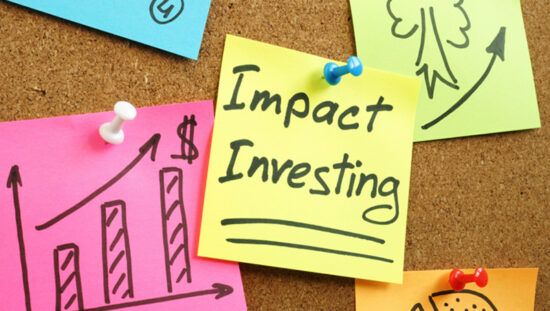Transparency around sustainability credentials is increasingly important not only from the perspective of investors, who have been spooked by the number of greenwashing claims in the market, but also from a legislative perspective.
Various frameworks are becoming mandatory to adhere to to ensure the greenwashers are uncovered and investors can really look under the bonnet of a company’s sustainability claims.
Here, John Armstrong, chief technology officer of sustainability insights platform Higg, answers ESG Clarity’s questions on disclosure, brand reputation and mitigating greenwashing.
What is accurate of a company’s sustainability credentials compared to what they report? Are there disclosure gaps?
We don’t actually see disclosure gaps; instead, we believe the financial models used for reporting need to change. Currently, many companies disclose sustainability information using an input/output financial reporting model for Scope 3 and while this is a great step, it can miss an important nuance. Companies making efforts to improve their environmental impacts often don’t get credit for the work they’re doing with the current model.
Instead, businesses should try to use primary data sources that are much more accurate while also sending a critical message to their stakeholders — they have a deep understanding of their supply chain. By changing the model from an economic model to a primary data model, you can change incentives to give credit to businesses that are truly driving impact through deep supply chain engagement.
Sustainability transparency is clearly important – what impact can it have on a company’s share price and brand reputation?
There’s an entire generation that cares deeply about sustainability transparency, and they are making their purchasing decisions — and increasingly their investment decisions — on that value system.
A brand’s reputation and sales will be negatively impacted if consumers don’t agree with the brand’s sustainability practices. Many brands recognise this and are responding.
Consider how most major brands now advertise their sustainability achievements or retailers such as Amazon created the Climate Pledge Friendly programme allowing shoppers to filter for more sustainable options. Another example is Bing recently adding sustainability to their search engine.
At the same time, governments are demanding environmental and social transparency. They want proof that businesses are in compliance with policies and meeting specific due diligence and responsible business conduct goals. Nothing will impact a share price more than losing a license to operate.
In the future, if your business isn’t transparent about sustainability practices and policy adherence, you will lose the right to sell in certain jurisdictions. These changes are coming soon, and the businesses that are going to succeed in this new environment need to start preparing now, particularly as material impacts are generally those outside-owned operations.
What are the main ways a company can uplevel its sustainability transparency?
Regardless of where a company is in its sustainability journey, there are actions to take today. Businesses need to start with measurement. As the adage says, you can’t improve what you don’t measure.
For a mid-size business, hire a sustainability lead or consultancy to measure and manage Scope 1 and 2 emissions. Bring in an expert to analyse and understand the footprint beyond your direct operations to understand your full Scope 3 environmental impact.
Once a business has a good view of Scope 3 impact, join trade associations and contribute to the conversation and action around policy and best practices for a clear playing field.
As businesses get started in sustainability, they’ll easily get pulled into what I like to affectionately call the ‘sustainability vortex’ and see how accessible it is.
Why is contributing to the data pool and benchmarking important?
Benchmarking is important because progress is a relative endeavor. By measuring against your peers, you understand if you’re making progress and if the playing field is fair. Given the definition of progress changes over time, continuous benchmarking will keep you on track and help industries continue to raise the bar.
What can help mitigate greenwashing?
The easiest way to understand the idea of greenwashing is when a company makes a claim about its sustainability or eco-friendliness without sharing the data used to back up those claims or selectively highlighting a single attribute of a product, e.g recycled, while knowingly ignoring other harmful environmental impacts.
It’s not necessarily that a company is lying, but they may not be transparent in how they can make those claims. Benchmarking and a full value chain approach to impact reduction can help mitigate risk around greenwashing claims. Businesses and stakeholders can see in black and white if they are making progress. It’s all about the data and transparency.








